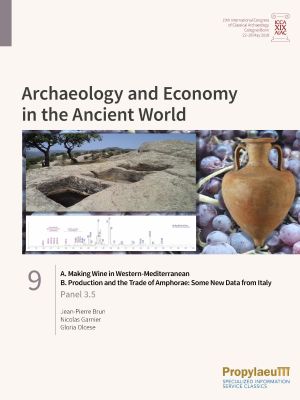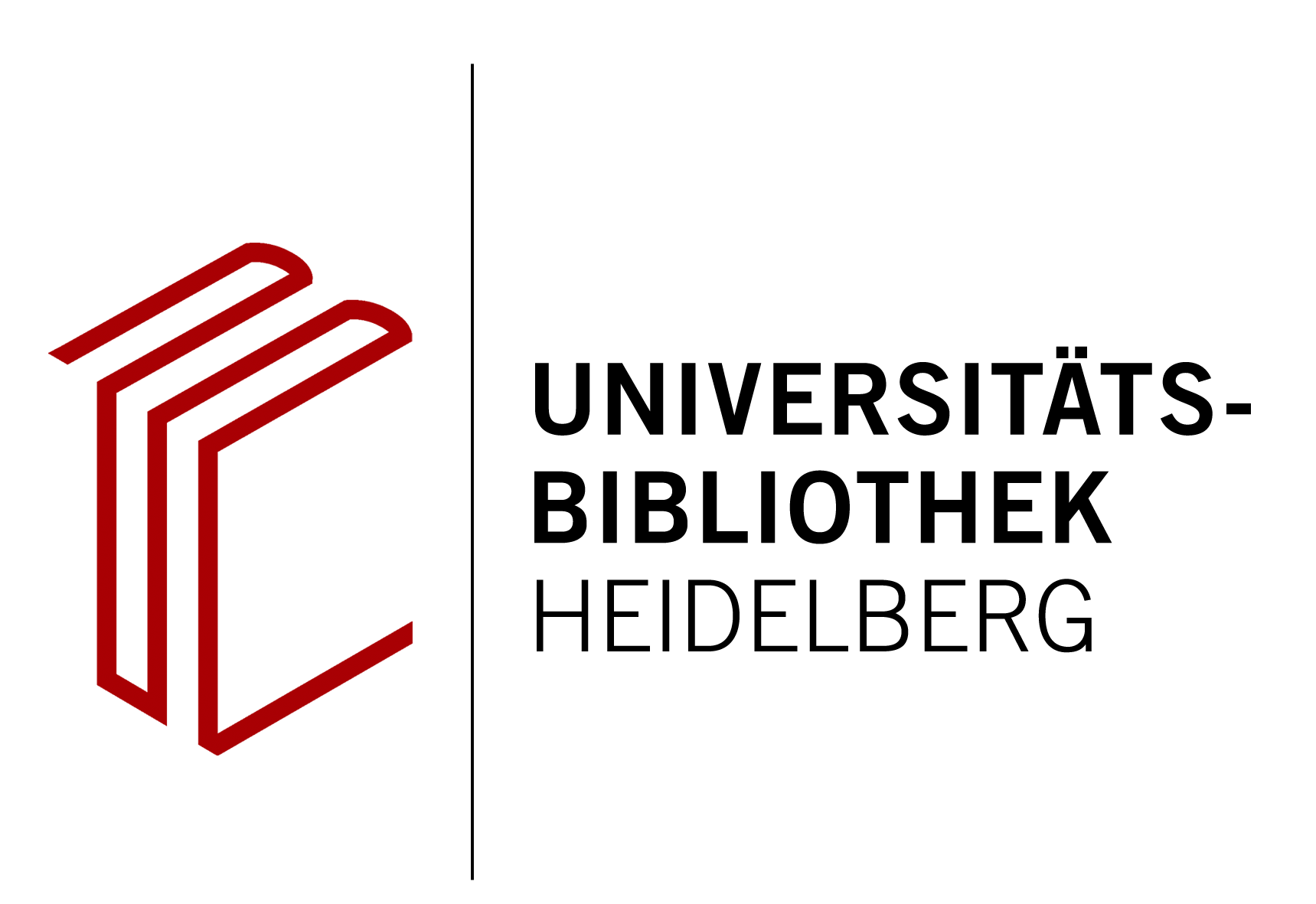
Zitationsvorschlag
Lizenz

Dieses Werk steht unter der Lizenz Creative Commons Namensnennung - Weitergabe unter gleichen Bedingungen 4.0 International.
Identifier
Veröffentlicht
A. Making Wine in Western-Mediterranean B. Production and the Trade of Amphorae: Some New Data from Italy
Panel 3.5
Ziel dieses Bandes ist es, mit Hilfe von Archäologie, Archäometrie, Archäobotanik und Molekulararchäologie neue Daten und aktuelle multidisziplinäre Projekte zum Weinbau in der Antike vorzustellen; und zwar sowohl zur Weinherstellung und -verbreitung als auch zu den Behältern, in denen der Wein aufbewahrt wurde.
Die Studien in diesem Band konzentrieren sich auf Italien und seine Beziehungen zu anderen Gebieten (Spanien, Malta), um unsere Kenntnisse über die Veränderungen in der Agrarlandschaft zu vertiefen. Ein weiterer Schwerpunkt sind Weinproduktionsanlagen, die bisher noch wenig erforscht sind, wie z.B. in den Fels eingearbeitete Behälter.
Die fortschreitende Entwicklung technischer Analysemöglichkeiten ermöglicht nach und nach die Beantwortung der alte Frage der Unterscheidung zwischen Produktionsanlagen für Wein und Olivenöl. Es war bekannt, dass für beide Produkte die gleichen Pressen verwendet werden, aber jetzt können durch die systematische Flotationsanalyse Olivenkerne oder Traubenkerne zum Vorschein kommen, und biochemische Analysen in der Gaschromatographie oder Flüssigkeitschromatographie in Verbindung mit der Massenspektrometrie liefern heute sehr zuverlässige Ergebnisse über die Rückstände in den Fässern.
Im zweiten Teil des Bandes werden einige neue archäologische und archäometrische Daten zur Herstellung und Verbreitung von Weinamphoren - die von der tyrrhenischen Küste Italiens, Spaniens und Afrikas stammen - in Italien und im westlichen Mittelmeerraum vorgestellt, deren Untersuchung ebenfalls mit Labormethoden durchgeführt wurde.






